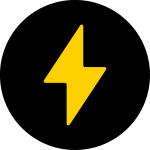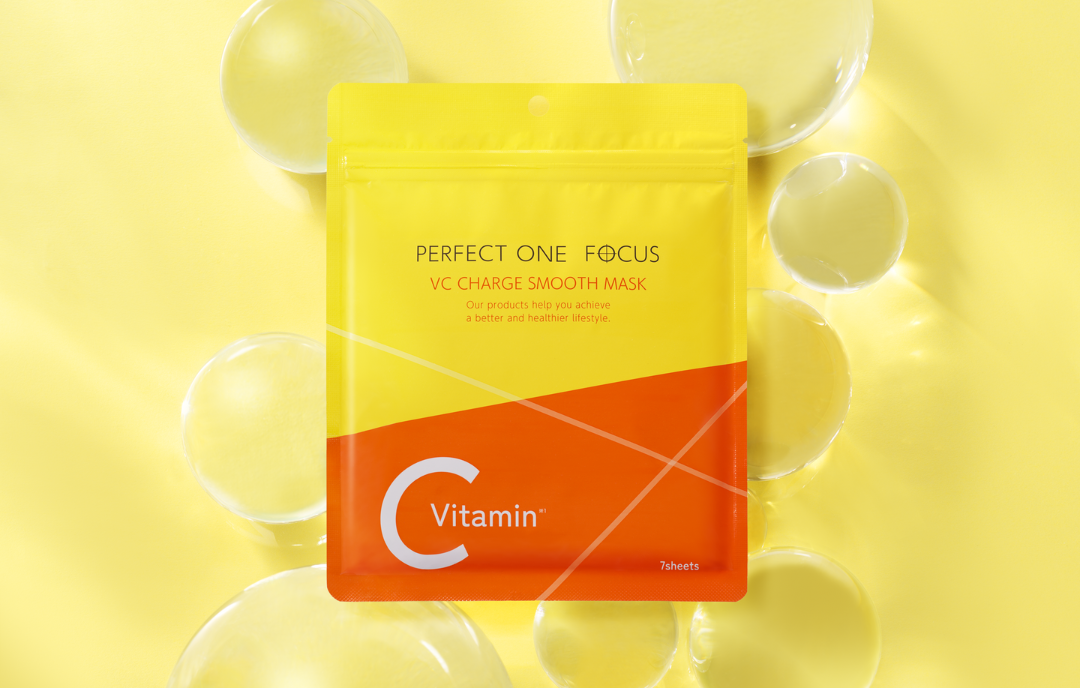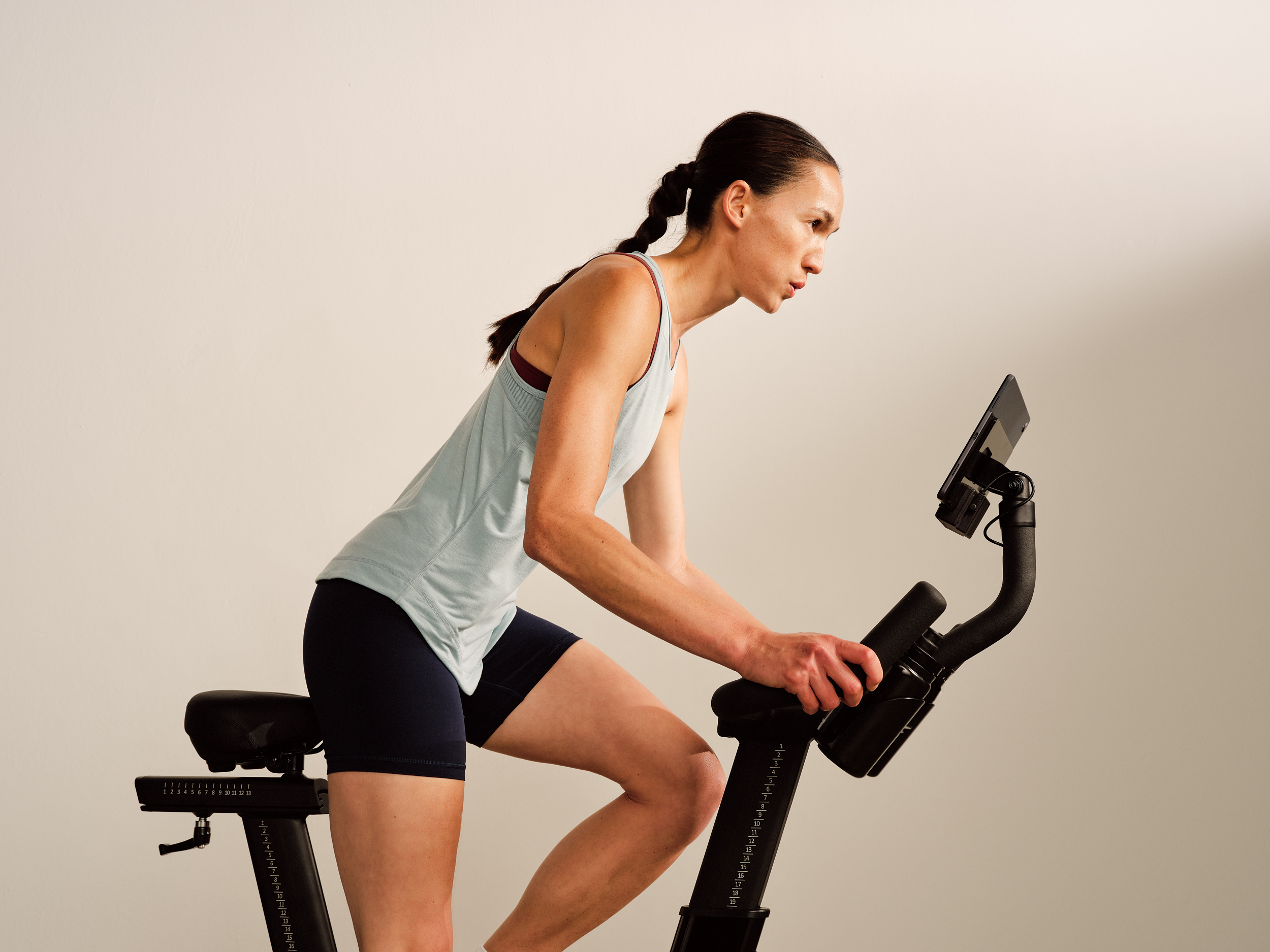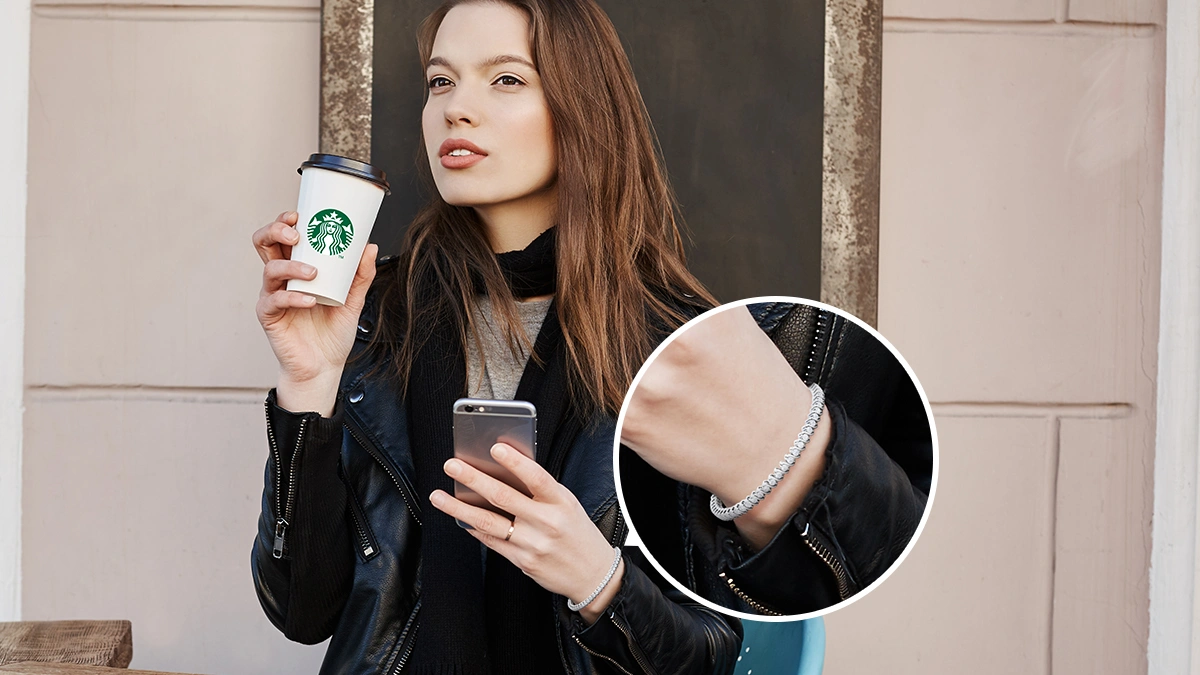Popular
Do LED Face Masks Work on Acne-Prone Skin? A Routine Guide
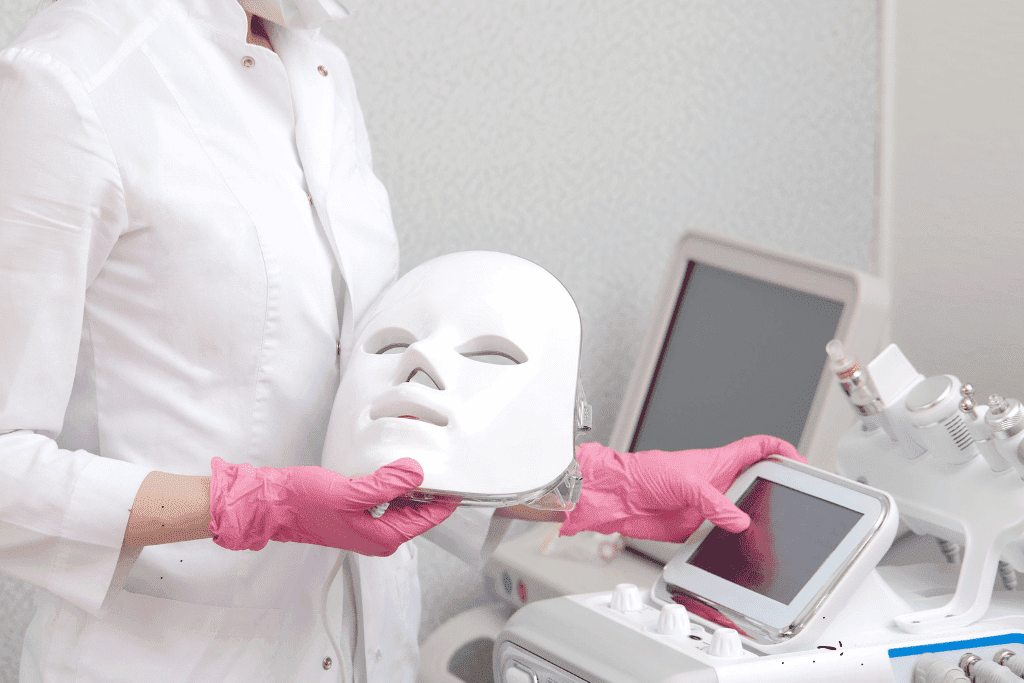
Acne can be a persistent challenge—whether it’s breakouts triggered by hormones, stress, or sensitive skin. If you’ve been searching for skincare that actually works, you might have come across LED phototherapy face masks as a trendy solution. But the big question is: Do they really help with acne-prone skin?
Let’s dive into the science, benefits, and how to incorporate LED face masks into your acne-fighting routine.
What Is an LED Face Mask?
An LED (light-emitting diode) face mask is a device worn over the face that emits specific wavelengths of light to target skin concerns. These masks typically use blue, red, and sometimes near-infrared light, each serving different purposes:
- Blue light (around 415 nm): Kills acne-causing bacteria (Propionibacterium acnes).
- Red light (around 630–660 nm): Reduces inflammation and promotes healing.
- Infrared light (around 850 nm): Helps with deep tissue repair and increases circulation.
When used consistently, these light therapies can help reduce acne, calm redness, and prevent future breakouts.
How LED Light Helps Acne-Prone Skin
If you’re dealing with acne, the blue light mode on an LED face mask can be your best friend. It works by:
- Targeting P. acnes bacteria: The bacteria that cause inflammation and pus in pimples.
- Decreasing oil production: Helps reduce clogged pores and blackheads.
- Reducing redness and swelling: Red light soothes irritation caused by breakouts.
In clinical settings, dermatologists have used LED therapy for years, and many at-home masks now offer similar benefits with regular use.
Creating an Acne-Fighting Routine with an LED Mask
Consistency is key! Here’s how to build an effective LED light therapy routine:
Step 1: Cleanse Thoroughly
Start with a gentle, non-comedogenic cleanser to remove dirt, oil, and makeup. Clean skin ensures that the light penetrates effectively.
Step 2: Apply the LED Mask
- Choose blue light for active breakouts.
- Combine with red light if you’re dealing with both acne and post-acne marks or inflammation.
- Wear the mask for 10–20 minutes, as directed by the device manufacturer.
Tip: Use your mask 3–5 times a week for best results. Some see improvements in as little as 2–4 weeks.
Step 3: Apply Targeted Serums
Post-treatment is the perfect time to use serums with:
- Niacinamide: Reduces inflammation and regulates oil.
- Salicylic acid (low concentration): Gently unclogs pores.
- Hyaluronic acid: Rehydrates skin without clogging pores.
Avoid harsh exfoliants or retinoids immediately after LED use, as your skin may be more sensitive.
Step 4: Moisturize and Protect
Lock in moisture with a lightweight, oil-free moisturizer. If you’re using the mask during the day, always follow up with sunscreen (SPF 30+).
What to Expect & When
LED masks are not a quick fix—but they can be incredibly effective over time. Most users report:
- Fewer new breakouts after 2–4 weeks
- Reduction in redness and swelling within days
- Smoother texture and reduced scarring over a few months
Remember, everyone’s skin is different. Some people may see faster results than others depending on the severity of acne and other skincare habits.
Who Should Avoid LED Masks?
LED masks are generally safe, but you should consult a dermatologist if:
- You’re pregnant (some devices haven’t been tested for use during pregnancy)
- You have epilepsy or light-triggered migraines
- You’re using prescription acne treatments like isotretinoin (Accutane)
Final Thoughts
Yes, LED face masks can work on acne-prone skin—especially when used as part of a thoughtful skincare routine. They’re a non-invasive, pain-free way to reduce breakouts and promote clearer skin over time.
If you’re tired of over-the-counter creams that dry out your face or simply want a high-tech addition to your skincare arsenal, an LED phototherapy mask could be a game-changer.
